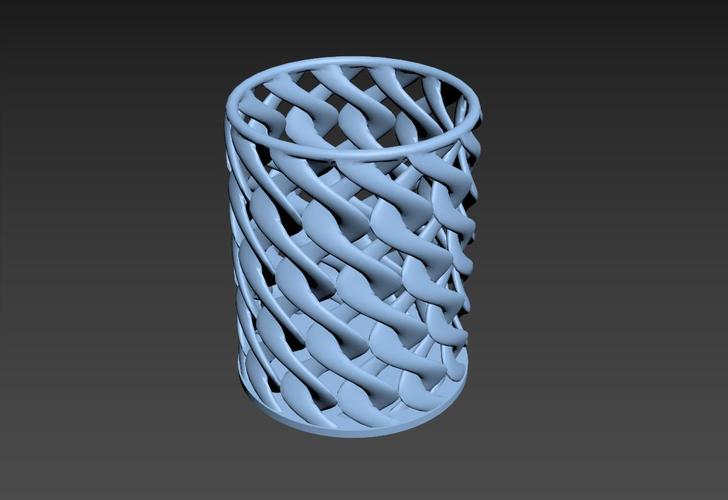


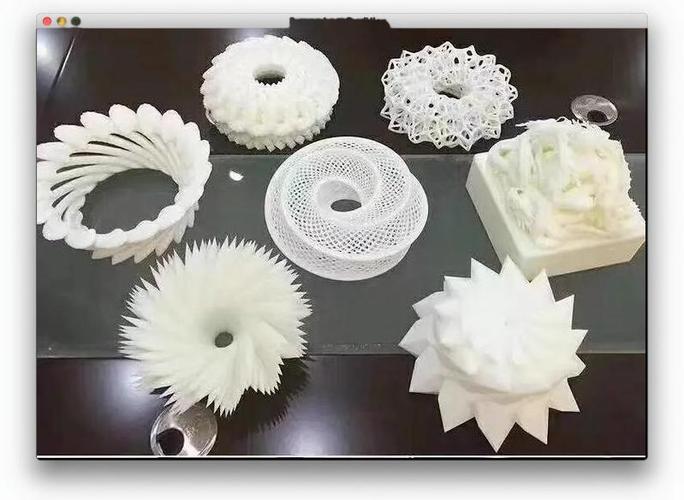
Short answer: 3D printing is challenging due to a complex interplay of technical limitations, material constraints, precision requirements, and workflow complexities. Unlike traditional manufacturing, it demands expertise in design, equipment…
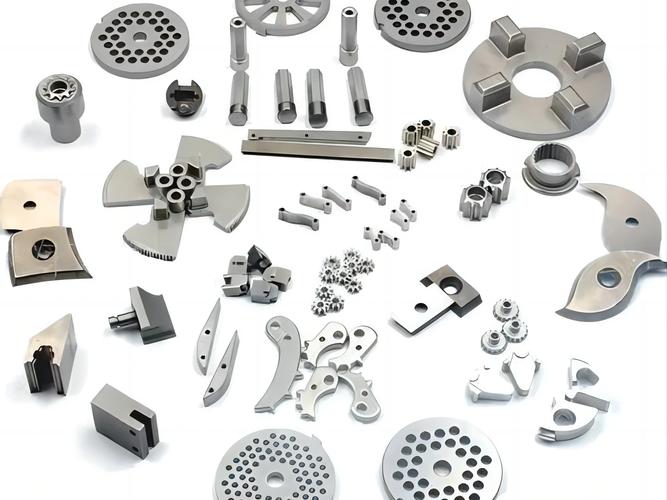
Answer The four basic types of metal stamping are blanking, bending, drawing, and forming. Blanking: Separates materials along a predetermined contour using dies, including punching (removing waste) and blanking (obtaining…
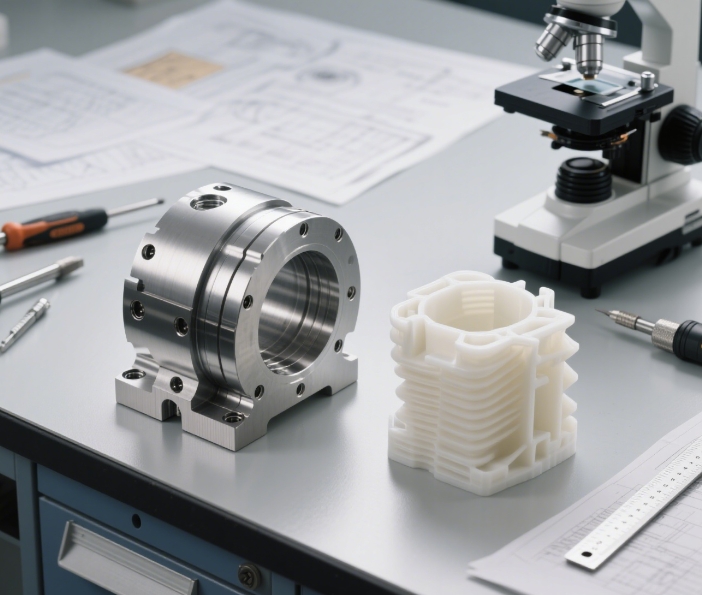
Answer Whether CNC is faster than 3D printing depends on the scenario: CNC is generally faster for mass-producing simple parts, while 3D printing may excel in single-piece production of complex structures…

Core Cognition: CNC Machined Components—Beyond “Machined Parts” When you charge an electric vehicle, undergo robotic surgery, or fly on a modern airliner, you’re relying on CNC machined components. But what…
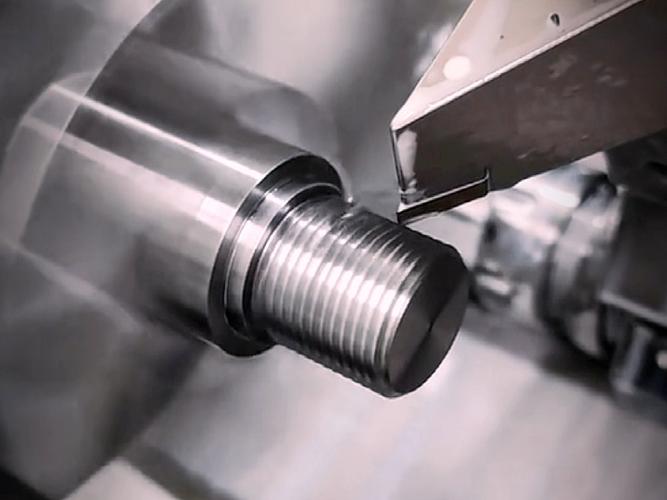
CNC thread machining is a process that uses programmed instructions to control CNC machines, utilizing specialized tools (such as taps and thread mills) to create internal or external threads on…
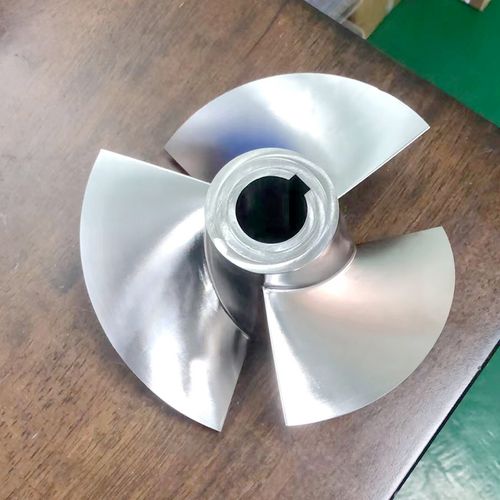
Improving CNC part precision involves optimizing equipment accuracy, refining machining processes, controlling material stability, and enhancing inspection. Key measures include using high-precision CNC systems, reducing cutting forces, minimizing thermal deformation,…